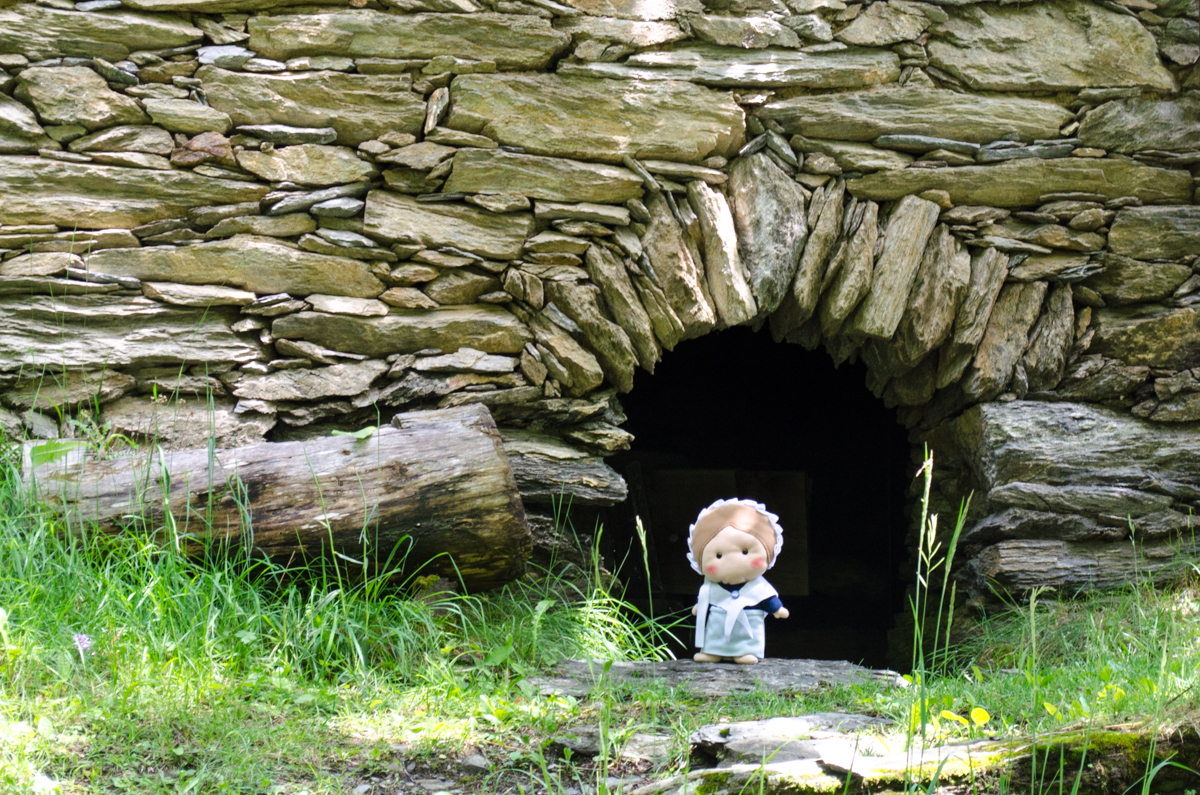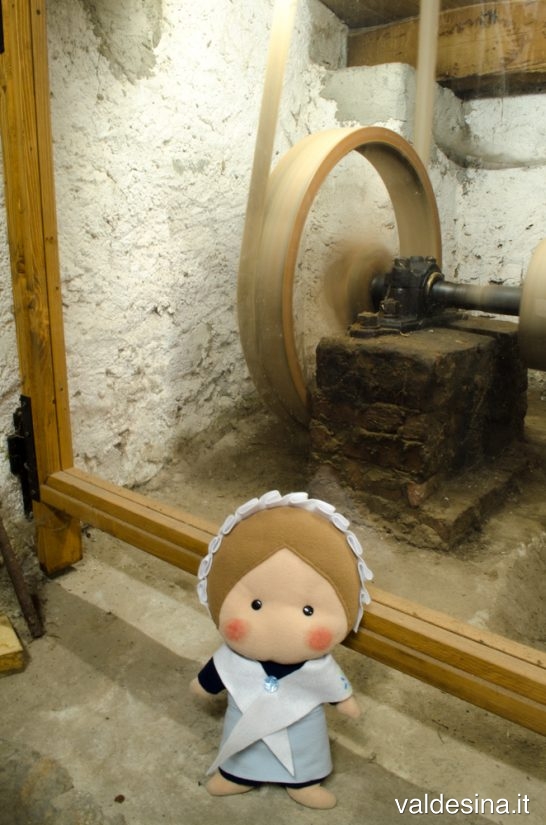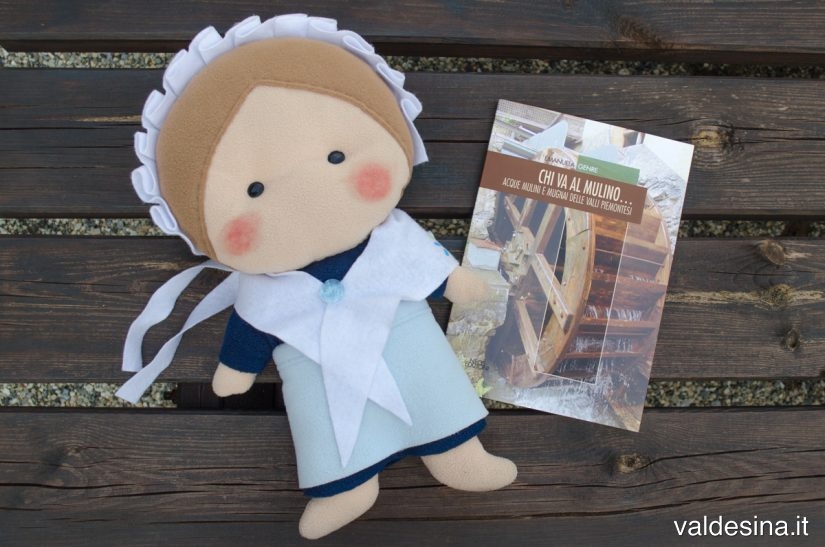Hello my little friends!
Today I’d like to talk to you about a person I met a few time ago; thanks to her I had the chance to visit the municipal mill of Bobbio Pellice and, with her book, I had the possibility to discover the fascinating world of mills.
So… Let me please introduce to you Emanuela Genre (author of the book “Who goes to the mill … Waters mills and millers of Piedmontese valleys” from Neos Editions), I had a really pleasant chat with her!
Who are you and what do you do in life?
I’m Emanuela Genre, I got a Master of Science degree in Geographical Sciences and Cultural Anthropology. And I use to collaborate with CeSMAP – Center of Studies and Museum of Prehistoric Art in Pinerolo and with the Ethnographic Museum. For several months now, with the cooperative I work with for guided tours, we have been dealing with the management of the municipal mill of Bobbio Pellice.
Why did you choose mills as the object of your research?
Well… Just like all passions, it is something absolutely instinctive and unmotivated, so it is difficult for me to say how my interest was born. I remember that, already years ago, any time I saw a mill, or even just a ruin, I was fascinated and I immediately started taking pictures. Since then, the interest has grown and has found a way to express itself first with the master degree thesis, then with the book “Who goes to the mill…”
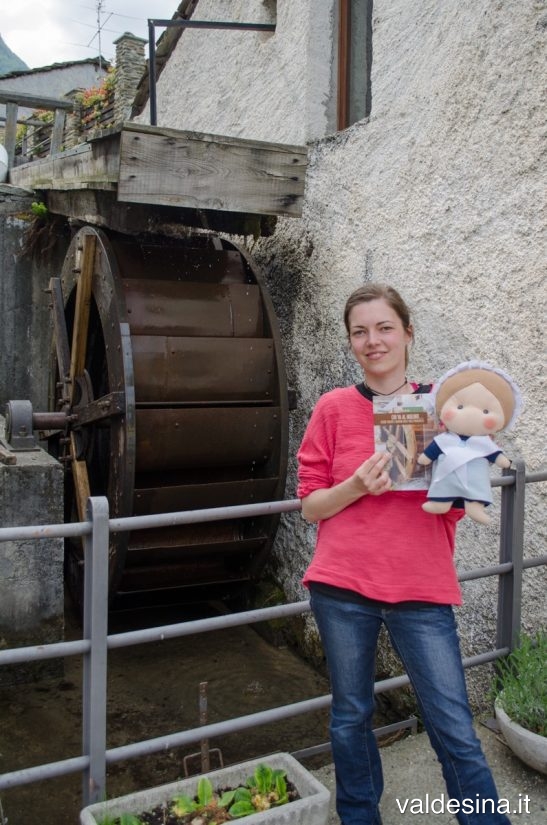 What kind of work did you have to do to write your book?
What kind of work did you have to do to write your book?
First of all… forget my thesis! I am kidding, obviously… anyway, that was the very starting point, the inspiration, but then I had to use my (little) knowledge on mills to start the entire work almost from scratch. In writing the book, I spent few months carrying out researches of two types: on one side in municipal archives, in order to have historical documentation, and on the other hand I needed to spend time “on the field”, to collect images.
As I spent time in the archives, I got used to the unexpected and had many surprises: for example, it could sometimes happen to enter an archive looking for documents on a specific mill and in the end to come out with news on the “adder”… or, the other way round, to look for information on millstone quarries from a municipality and to get back home with information about a mill.
The job on the field, on the other hand, can be at the same time exciting and frustrating, especially when you go around for hours looking for something and you find… nothing! But when you can find a ruin never seen before, or you unearth a millstone, well… satisfaction always rewards all of the efforts!
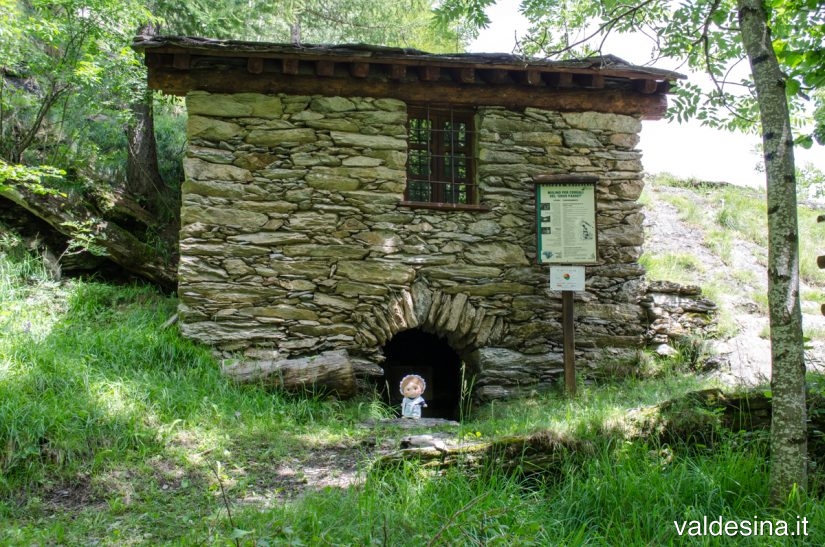 Are there any curious facts that ever happened to you, regarding the research work for the book or during some visits, that you can tell us about?
Are there any curious facts that ever happened to you, regarding the research work for the book or during some visits, that you can tell us about?
Well, during my research “on the field”, I would say that I got a nice collection of brambles (some of them were two meters high…) and nettles! At a certain point point, after many scratches, I understood that I had to find a solution… so I started to put in my backpack gloves, scissors and saws to make my way through the weeds.
…by the way, the very most curious thing that ever happened to me was when, four years ago, I knocked at the door of a town hall looking for material for a thesis and now the same people that opened that door are my colleagues in managing right that mill!
It was a nice chat, wasn’t it?! I really would like to thank Emanuela for the precious time she dedicated to me today and in the occasion of my visit to the mil of Bobbio Pellice; if you are also interested in discovering it, you can contact Emanuela (mobile: +39 347 0191152), Jane (mobile: +39 331 9629983) or write an e-mail to mulinodibobbio@gmail.com.
If you want to meet Emanuela, you can go and hear her next presentations of the book that will take place on Friday, August 3rd at the Costumes Museum of Pragelato and Saturday, August 4th in Rorà.
Bye bye!!!
Do you want to read the tale in Italian ?
